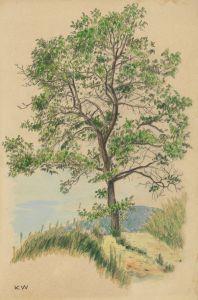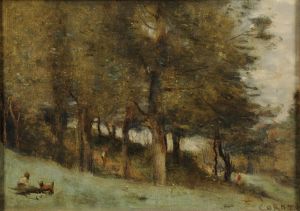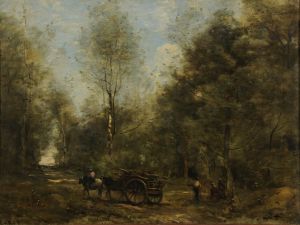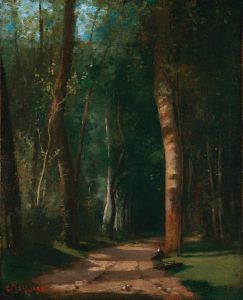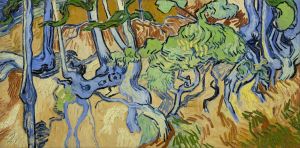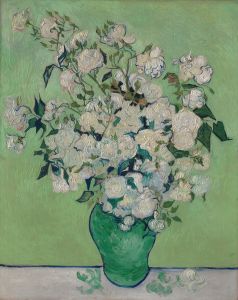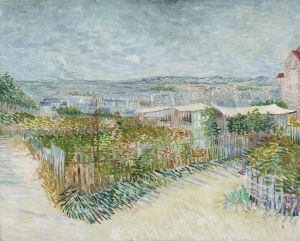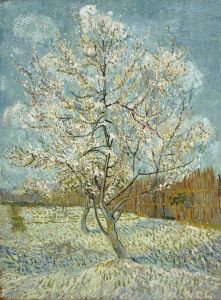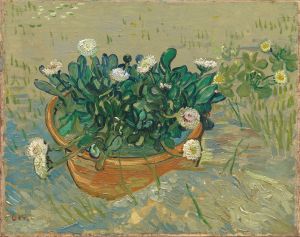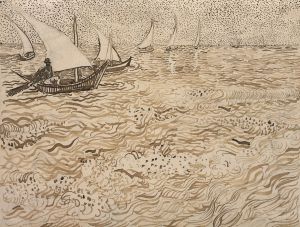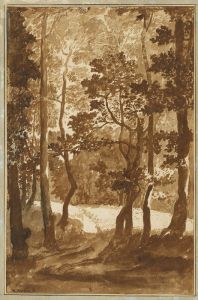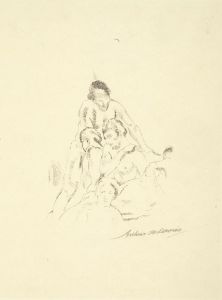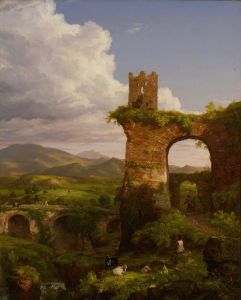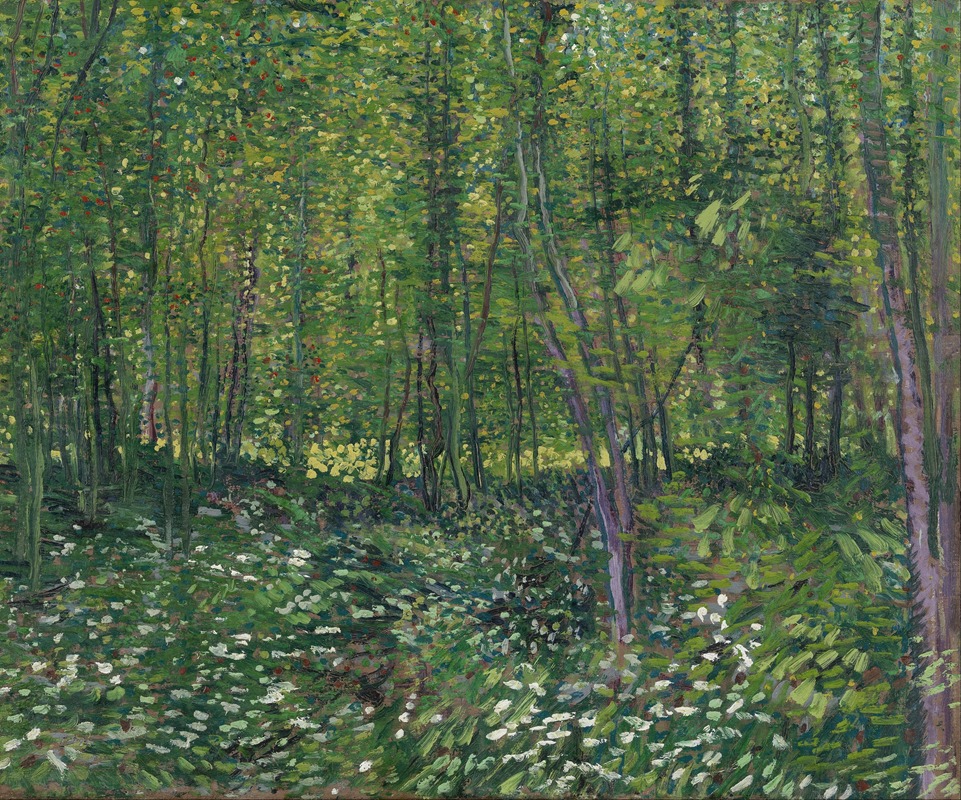
Trees and undergrowth
A hand-painted replica of Vincent van Gogh’s masterpiece Trees and undergrowth, meticulously crafted by professional artists to capture the true essence of the original. Each piece is created with museum-quality canvas and rare mineral pigments, carefully painted by experienced artists with delicate brushstrokes and rich, layered colors to perfectly recreate the texture of the original artwork. Unlike machine-printed reproductions, this hand-painted version brings the painting to life, infused with the artist’s emotions and skill in every stroke. Whether for personal collection or home decoration, it instantly elevates the artistic atmosphere of any space.
"Trees and Undergrowth" is a painting by the renowned Dutch artist Vincent van Gogh. Created in 1887, this artwork is part of Van Gogh's Paris period, a time when he was heavily influenced by the Impressionist and Post-Impressionist movements. During this period, Van Gogh experimented with lighter palettes and looser brushwork, moving away from the darker tones of his earlier works.
The painting depicts a forest scene, focusing on the interplay between trees and the dense undergrowth beneath them. Van Gogh's use of vibrant greens and yellows captures the lushness of the forest floor, while the dappled light filtering through the trees adds a sense of depth and movement to the composition. The brushstrokes are dynamic and expressive, characteristic of Van Gogh's style, which sought to convey the emotional and spiritual essence of the natural world.
"Trees and Undergrowth" reflects Van Gogh's fascination with nature and his desire to capture its beauty and complexity. The painting is notable for its use of color and texture, which create a vivid and immersive experience for the viewer. Van Gogh's attention to detail in the foliage and the play of light and shadow demonstrate his keen observational skills and his ability to translate his impressions of the natural world onto canvas.
This painting is part of a series of works that Van Gogh created during his time in Paris, where he lived with his brother Theo. The period in Paris was crucial for Van Gogh's artistic development, as he was exposed to the works of other contemporary artists and began to develop his unique style. "Trees and Undergrowth" exemplifies the transition in Van Gogh's work from the darker, more somber tones of his early career to the brighter, more vibrant colors that would characterize his later masterpieces.
The painting is housed in the Kröller-Müller Museum in Otterlo, Netherlands, which holds one of the largest collections of Van Gogh's works. The museum's collection provides a comprehensive overview of Van Gogh's artistic evolution, and "Trees and Undergrowth" is an important piece within this context. It offers insight into Van Gogh's exploration of color, light, and texture, and his ongoing quest to capture the essence of the natural world.
"Trees and Undergrowth" is a testament to Van Gogh's enduring legacy as one of the most influential artists of the 19th century. His innovative use of color and expressive brushwork paved the way for future generations of artists and continues to inspire viewers around the world. The painting remains a significant example of Van Gogh's ability to convey the beauty and complexity of nature through his unique artistic vision.





